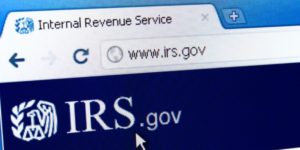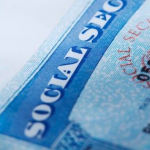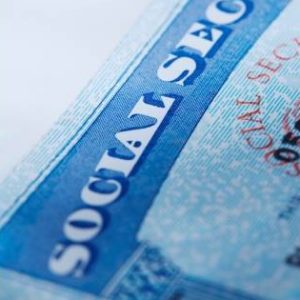
IRS Announces 2021 Health Savings Account Contribution Limits, Still Time To Make 2019 And 2020 HSA Contributions

Forbes.com
The Internal Revenue Service announced new, higher contribution limits for health savings accounts for 2021 today. You’ll be allowed to contribute $3,600 for individual coverage for 2021, up from $3,550 for 2020, or $7,200 for family coverage, up from $7,100 for 2020.
In the meantime, you can still top off health savings account contributions for 2019 through the Covid-19-related extended tax day deadline of July 15, 2020. And it’s as good a time as ever to check that your contributions for the 2020 calendar year are on track.
While more and more Americans are opening up these triple-tax-advantaged accounts, few are fully embracing the potential tax savings they offer. Some accounts go unfunded. And only 6% of accountholders choose to invest the money they contribute, according to the Employee Benefit Research Institute.
Is it really worth the hassle of keeping track of a savings and investing account dedicated to healthcare? Absolutely. With an HSA, you save whether you use the money in the account for current out-of-pocket healthcare expenses, or invest it with the intention of using it to help cover your healthcare costs in retirement.
You can even used an HSA to save on a typical trip to the CVS. Thanks to a tax relief provision tucked in the last Covid-19 stimulus package, you can use money you stash in an HSA or FSA (more on those later) for over-the-counter medications like Tylenol or Flonase as well as menstrual products like tampons and pads. That reverses Obamacare restrictions on OTC meds requiring a doctor’s prescription for them to be eligible for reimbursement. Lively, an upstart HSA and FSA provider, has an updated list of eligible expenses here.
As of January 2020, there were 29.4 million HSAs, holding $71.7 billion in assets, according to the 2019 Year-End Devenir HSA Research Report. Contributions and asset growth has been accelerating. As of year-end 2019, investment account holders had a $16,012 total balance on average, Devenir found.
Most HSAs are offered as an employee benefit. But Lively and Fidelity Investments also offer fee-free individual HSAs for self-employed folks, independent contractors and gig workers.
Here are the details on how HSAs work. You put money in on a taxfree basis (usually through salary deferrals), it builds up tax free (you can invest it), and it comes out taxfree to cover out-of-pocket healthcare expenses.
You can contribute to an HSA if you’re in a qualifying high-deductible health plan. (For 2021, that means a plan with a minimum annual deductible of $1,400 for individual coverage or $2,800 for family coverage.) If you’ll be 55 or older by December 31, you can sock away an additional $1,000 for that year. (That catch-up amount isn’t subject to inflation adjustments.) If you’re married, have family coverage and your spouse will be 55 by the end of the year, he or she can also put away the $1,000 catch-up—but only into his or her own HSA, which can be set up specifically to accept these contributions. Here’s a link to the IRS Revenue Procedure 2020-32with the official numbers.
At a minimum, you should put enough money in your HSA to cover your annual health plan deductible. If you lowballed your annual contribution, you can top it off up until the tax year filing deadline. Say you get a big unexpected doctor’s bill. You can put money into your HSA, take it right out, and the government just paid maybe 25% of the bill. The higher your tax bracket, the bigger your savings.
A savvy strategy for high-income earners is to invest the money in your HSA for the long haul. Once you’re 65, you can take out taxfree distributions to cover Medicare premiums. If you withdraw money at that point for non-medical uses, you pay the same tax as you would on withdrawals from a pretax 401(k). But you can also take money out tax-free to reimburse yourself for prior years’ out-of-pocket medical expenses if you have the old receipts.
Note HSAs are a different beast than healthcare FSAs (sometimes confusingly called health spending accounts). FSAs have lower contribution limits and are riskier because you have to spend the money down in one year or you forfeit it (some FSAs have a $500 carryover provision). By contrast, the money you put in an HSA is yours to keep forever: you can spend it when you want. If you have an HSA-eligible health plan, you can’t also put away money in a regular FSA but you can put money in a limited FSA for dental and vision care expenses only.






